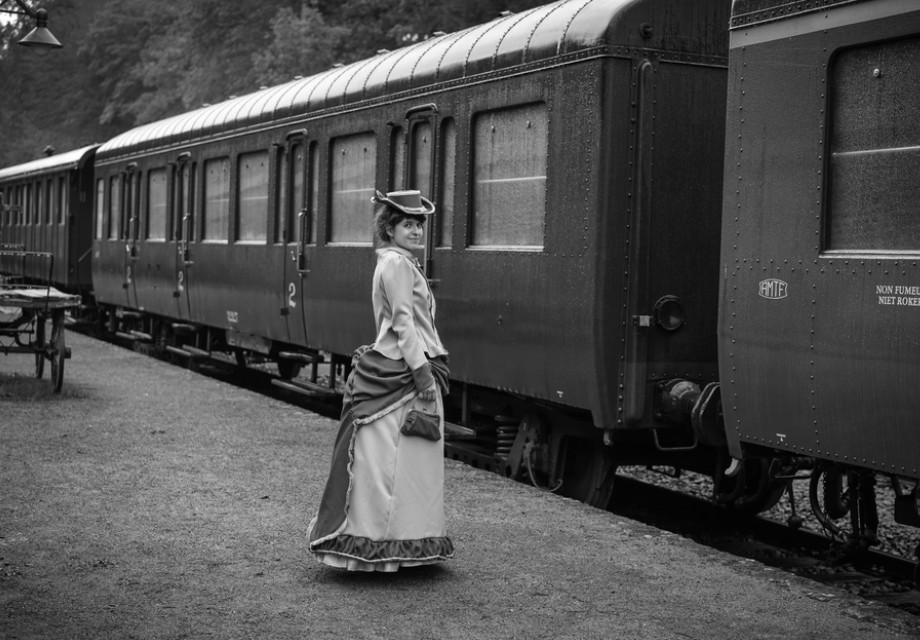Women in the 1900s: Social Constraints and the Bid for Independence

For women in the nineteenth century, marriage and family was their destiny. They are to be “decorative, modest, marriageable beings” as one parliamentary report states. A woman, as depicted in those times, is one who could competently manage a household, tend to the needs of husband and children, and create a pleasant and morally pure home environment. Their lives were confined to the small, private sphere of family.
Apart from the limited social role that women played in the nineteenth century, here are the other constraints/restrictions that women faced in during that time:
Education
Women’s education in the nineteenth century was restricted by gender norms and limited access to education. Historically, women’s education was meant to make middle-and upper-class girls attractive marriage material. Most girls were taught by governesses but the focus was more on dancing, music, and needlework than on academic learning.
Those of the lower class had less opportunity to get an education. For their parents, giving them education would be useless for a life that would only entail housekeeping, motherhood, and manual labor.
Employment
Initially in the nineteenth century, women were discouraged from being wage earners as society at that time believe that women who earned wages were “unnatural.” Women were forced, for a variety of reasons, to be dependent upon their husbands for financial support.
Later, jobs that were open to women were in teaching, dressmaking, textile manufacture, and domestic service. Older women were employed in areas like nursing, retail work, and primary-school teaching. Then women began to get accepted in previously all-male areas like medicine, pharmacy, librarianship, the civil service, clerical work and hairdressing.
Rights
During this century, women had few legal, social, or political rights. They could not vote, could not sue or be sued, could not testify in court, had extremely limited control over personal property after marriage, were rarely granted legal custody of their children in cases of divorce, and were barred from institutions of higher education. Women were expected to remain subservient to their fathers and husbands.
Bid for Independence
During the mid-nineteenth century, as a result of women strivings to improve their status in and usefulness to society, a movement, called Woman Movement, developed. The aim of the movement were “to initiate measures of charitable benevolence, temperance, and social welfare and to initiate struggles for civic rights, social freedoms, higher education, remunerative occupations, and the ballot.”
Then much later, legislation demanding equal treatment of men and women helped eliminate some of the social constraints that women faced.
There are numerous books that will give a more in-depth look on the social constraints of women in the nineteenth century. One of these is Marti Jones’s Shattered, a novel based on true-to-life experiences of women in the nineteen hundreds.
Sources:
Chafe, William. “Women in the Early to Mid-20th Century(1900 – 1960): Social and Economic Condition.” Accessed November 11, 2024. https://www.encyclopedia.com/social-sciences/encyclopedias-almanacs-transcripts-and-maps/women-early-mid-20th-century-1900-1960-social-and-economic-conditions.
Fox-Genovese, Elizabeth. “Women’s Status: A Century of Enormous Change.” Accessed November 1, 2014. https://ropercenter.cornell.edu/sites/default/files/2018-07/103026.pdf.
Krall, Kyra. “A Brief History of Feminist Wave.” Last modified May 17, 2024. https://www.feministsinthecity.com/blog/a-brief-history-of-feminist-waves.
